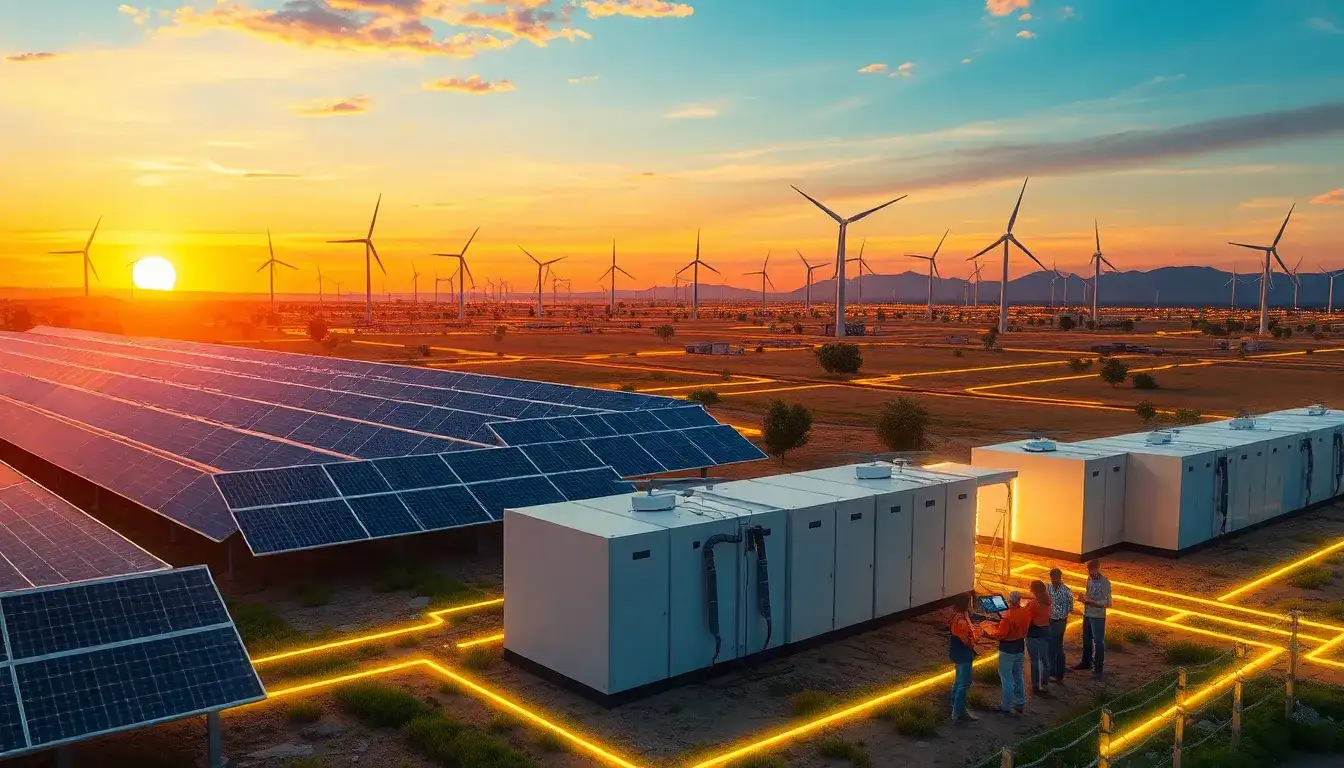
Large batteries equipped with grid-forming inverters can enhance the capacity for renewable energy integration. Researchers have advised transmission system operators to consider the widespread adoption of grid-forming battery energy storage systems (GFM BESS) to boost grid stability and optimize the hosting capacity for solar and wind energy generation.
The Energy Systems Integration Group (ESIG) has published a study that highlights the advantages of GFM BESS. This study is based on research conducted by ESIG’s GFM BESS project team, which assessed the benefits of these systems within a real transmission network. ESIG explains that GFM controls offer grid-stabilizing features that support the reliable functioning of power systems as the use of inverter-based resources (IBR), including solar and wind power, increases.
While GFM controls can be applied to new solar photovoltaic and wind installations—albeit with some limitations—ESIG emphasizes that battery energy storage presents an ideal opportunity for the implementation of these controls. Traditional solar, wind, and storage systems typically utilize grid-following (GFL) inverters. The project team discovered that replacing GFL BESS with GFM BESS in a transmission system significantly enhances the hosting capacity for solar and wind generators.
This conclusion was drawn from an analysis of a specific segment of an actual transmission network—a weak local area that was “saturated” with 780 MW of PV generation capacity using GFL inverters, along with 225 MW of GFL BESS. Although this weak area is connected to a robust surrounding transmission network in reality, the researchers modeled it in isolation to simulate the least favorable grid conditions. Their findings indicated that substituting GFM BESS for the existing GFL BESS would allow an additional 125 MW of PV with GFL inverters to be integrated without reaching stability limits.
The team reported that implementing GFL BESS incurs a “small incremental cost” when designed from the outset, and it is significantly more economical than alternatives like synchronous condensers. The study recommended that transmission system operators adopt GFM BESS on a system-wide basis to enhance stability and maximize IBR hosting capacity. It also suggested developing technical requirements for GFM BESS and incorporating them into facility interconnection criteria, urging stakeholders not to delay and to capitalize on BESS interconnections now, as retrofitting can be costly.
Among other significant findings, the study identified GFM BESS as a “Do No Harm” solution, providing stability benefits in weaker grids while maintaining stable and reliable operations in stronger grids. Additionally, GFM BESS systems are compatible across various original equipment manufacturers and with GFL inverters, can help postpone the need for more expensive alternatives, and serve as a transitional solution until longer-term options are available.
The project team intends to publish a brief outlining the benefits of GFM BESS for decision-makers, policymakers, and regulators, alongside outreach efforts to engage key stakeholders. The core modeling and study efforts were conducted by Elevate Energy Consulting, Electranix Corporation, and ESIG, in collaboration with the utility American Transmission Company.
Original article by NenPower, If reposted, please credit the source: https://nenpower.com/blog/enhancing-renewable-energy-capacity-with-grid-forming-battery-energy-storage-systems/


